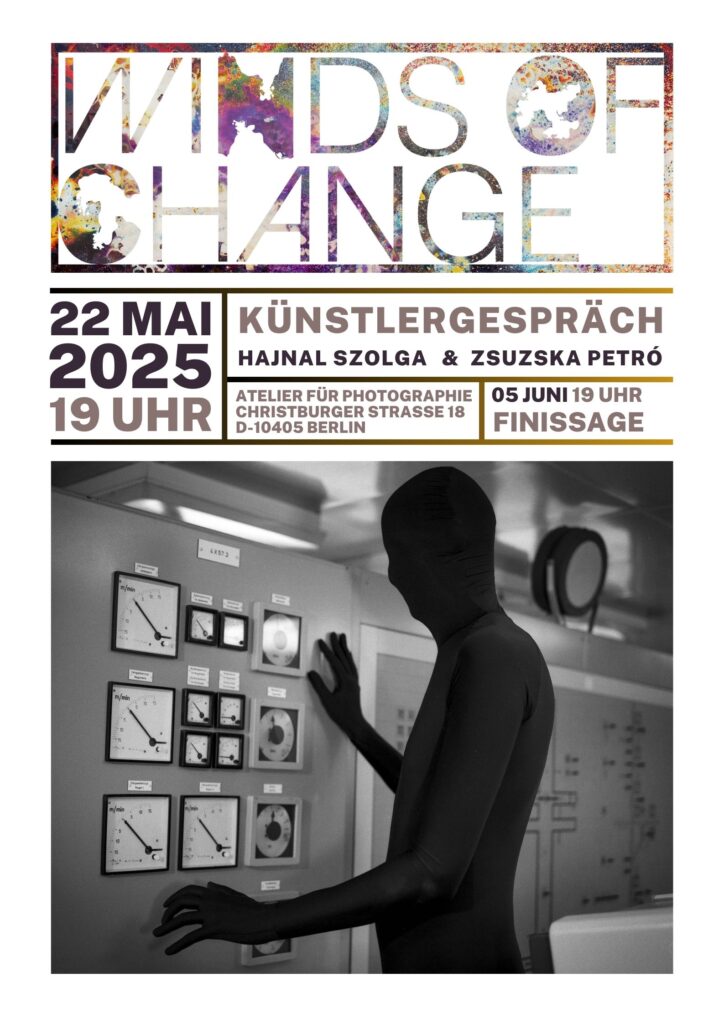Following Budapest and Barcelona, my solo traveling exhibition arrives in Berlin during Gallery Weekend, as part of the Artspring Pankow festival. Winds of Change presents my latest works, where black-and-white analog photography meets colorful abstract prints, exploring themes with a socio-critical perspective.
View on: May 3rd – June 5th, 2025, http://photographieberlin.de/ausstellungen/
Live music performance by ANEZ
Budapest és Barcelona után Berlinben is bemutatkozik önálló utazó kiállításom a Berlin Gallery Weekend alatt, az Artspring Pankow fesztivál programjaként. A Winds of Change című tárlat legújabb munkáimat vonultatja fel, ahol a fekete-fehér analóg fotográfia színes, absztrakt printekkel egészül ki, társadalomkritikus gondolatmenet mentén.
Megtekinthető: május 3.-június 5. 2025, http://photographieberlin.de/ausstellungen/
Zenei performansz: ANEZ
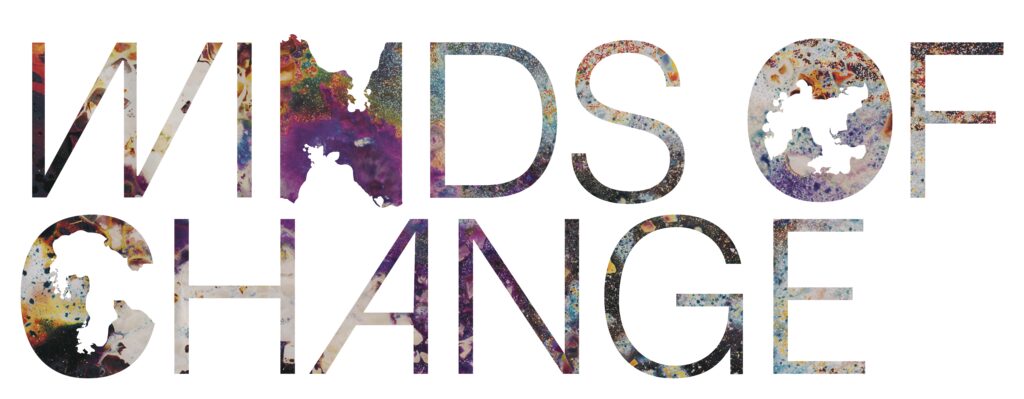
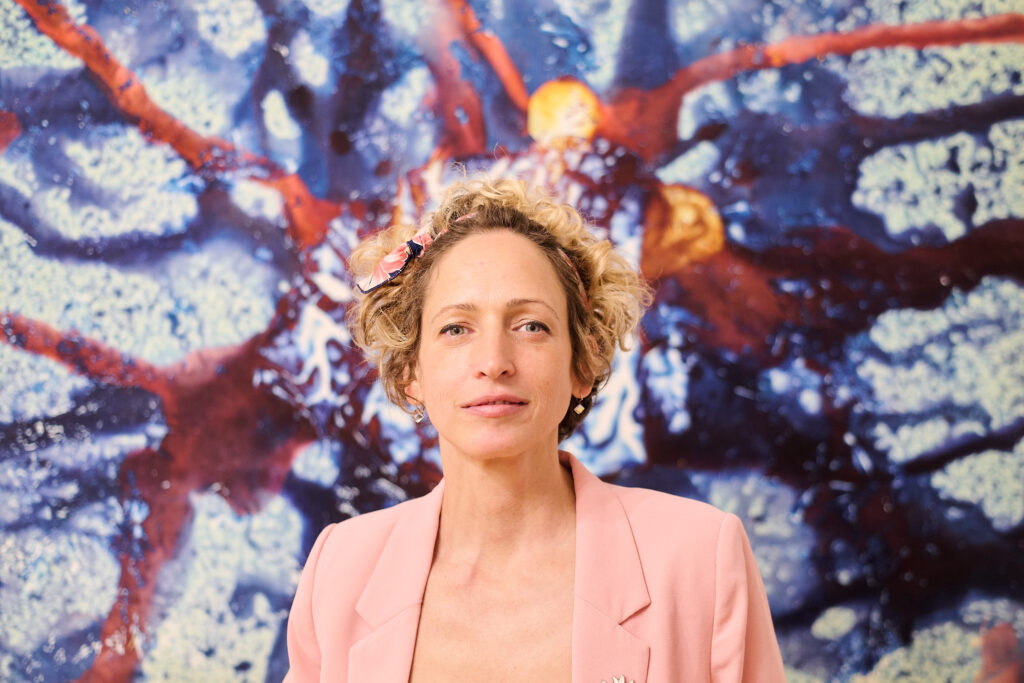
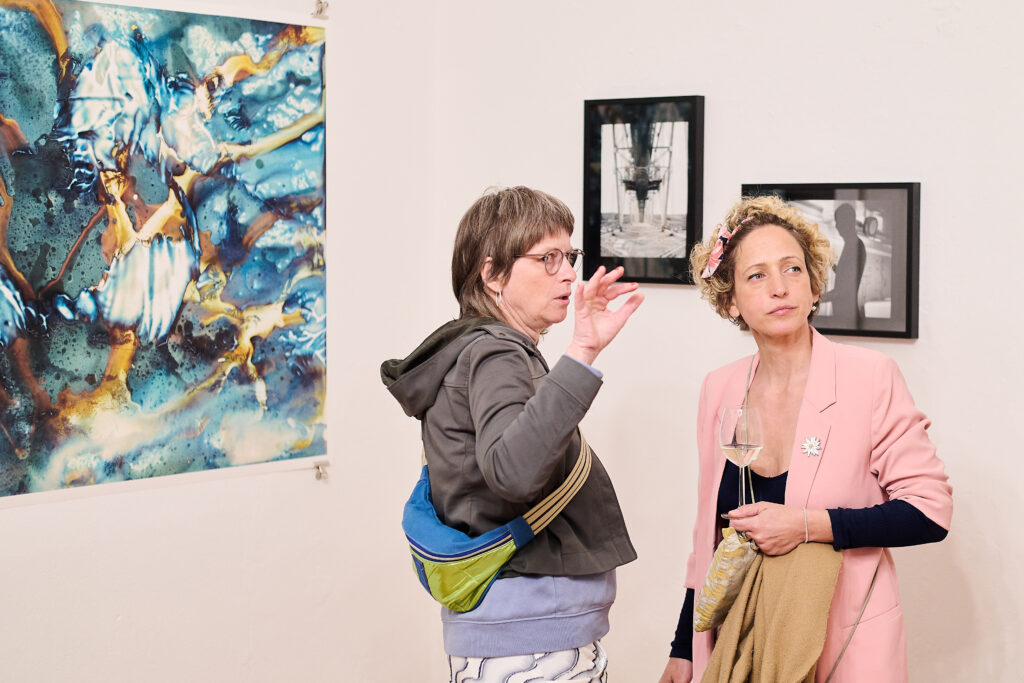
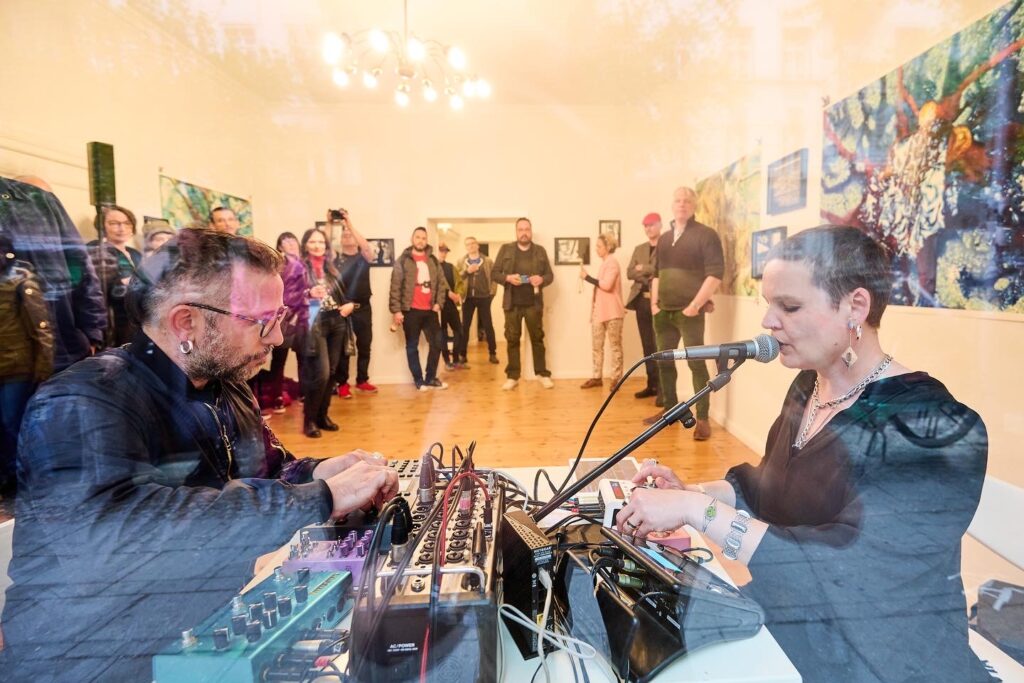
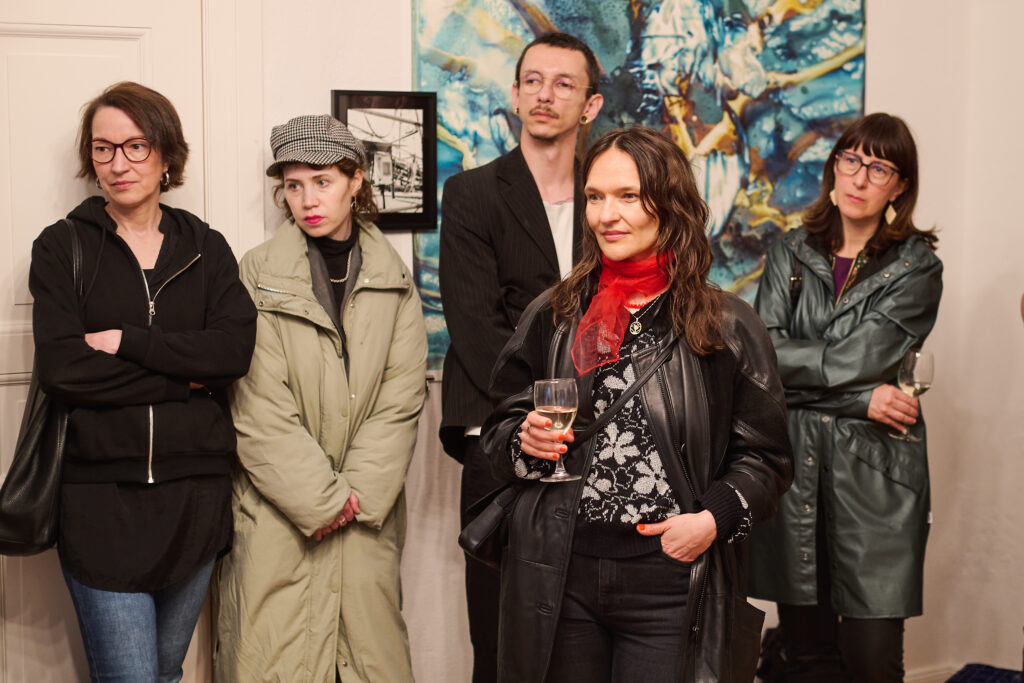
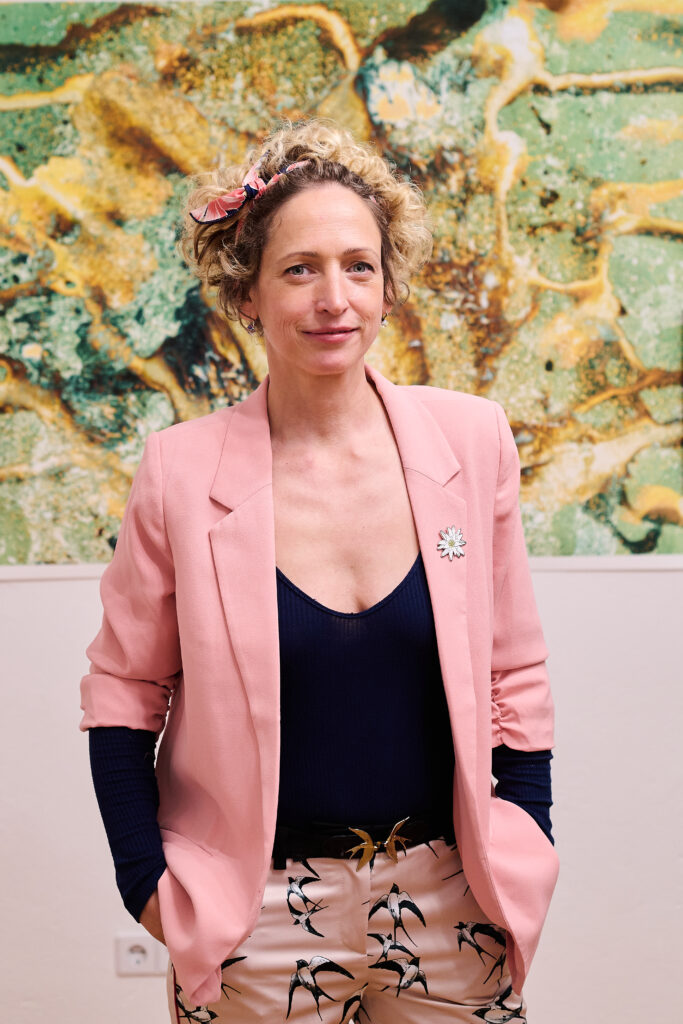
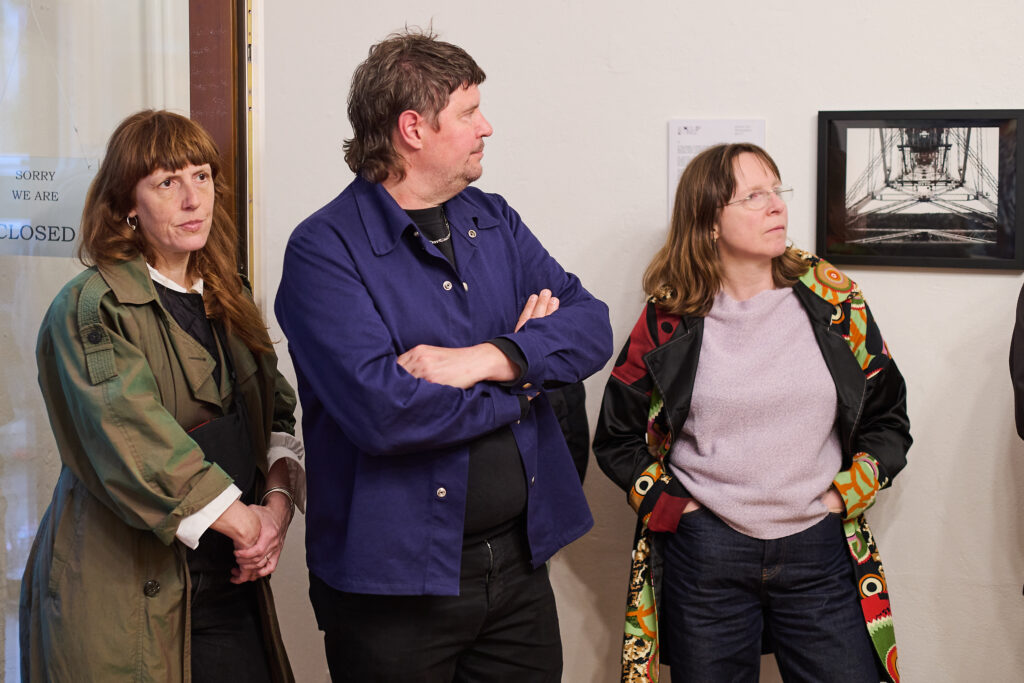
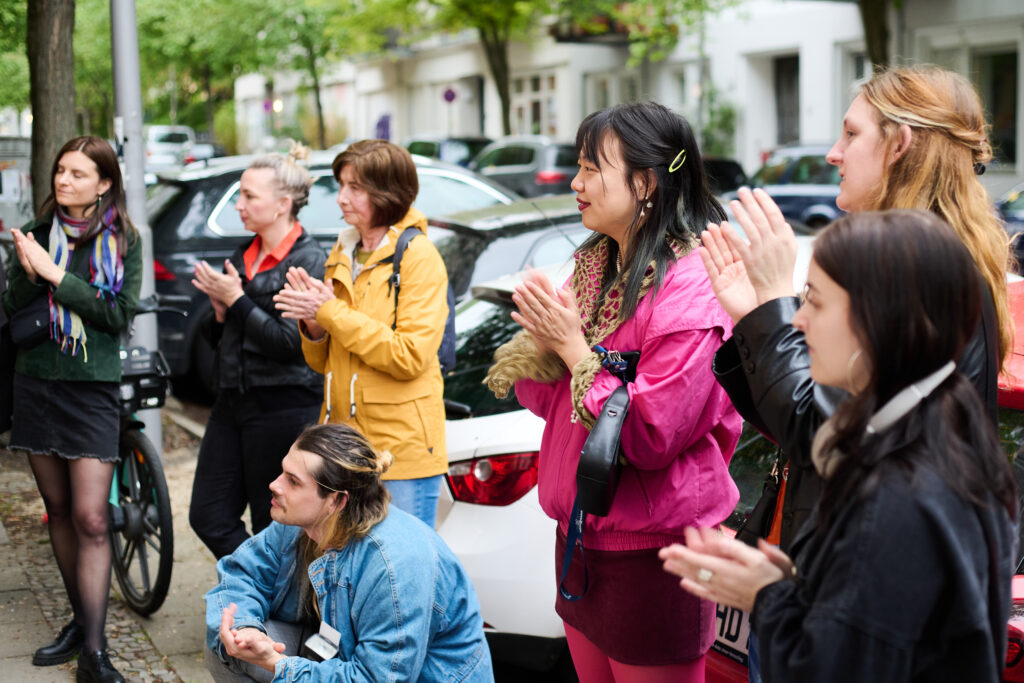
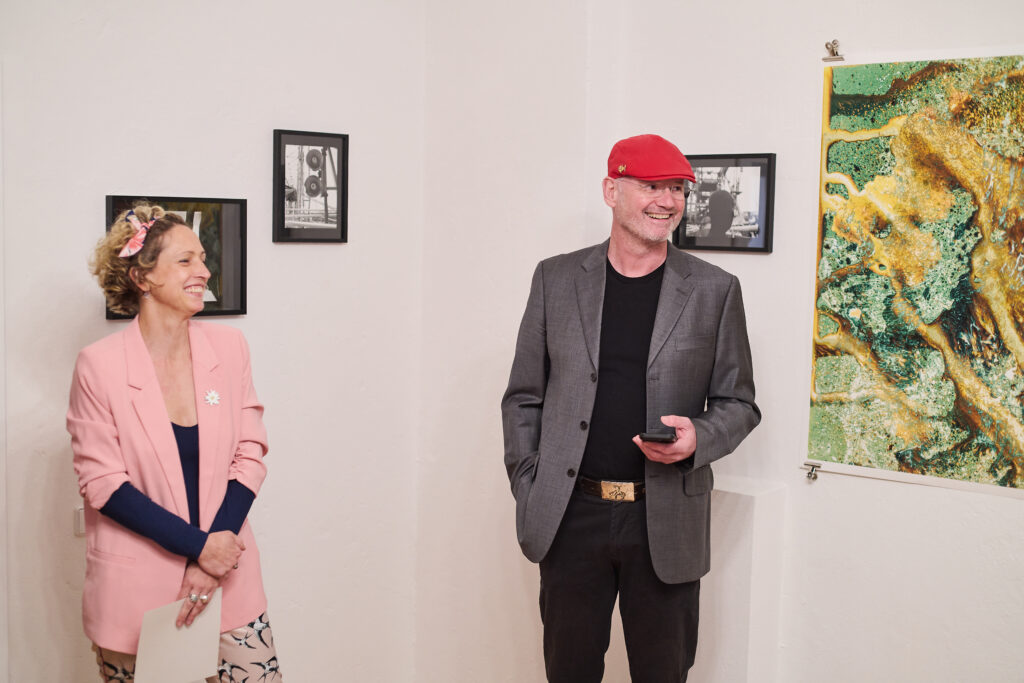
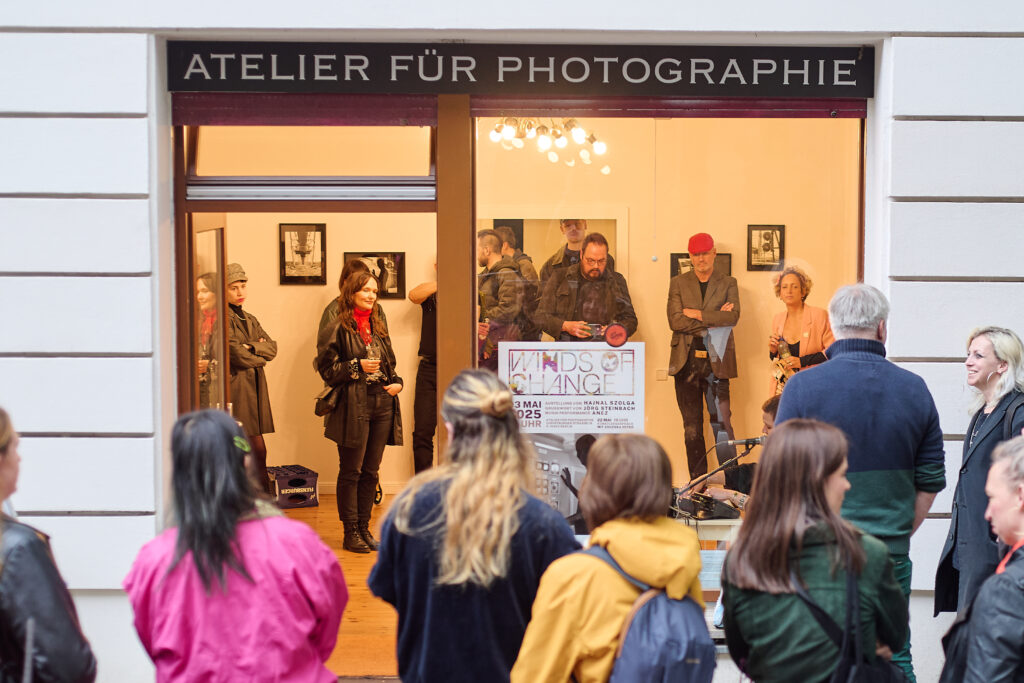
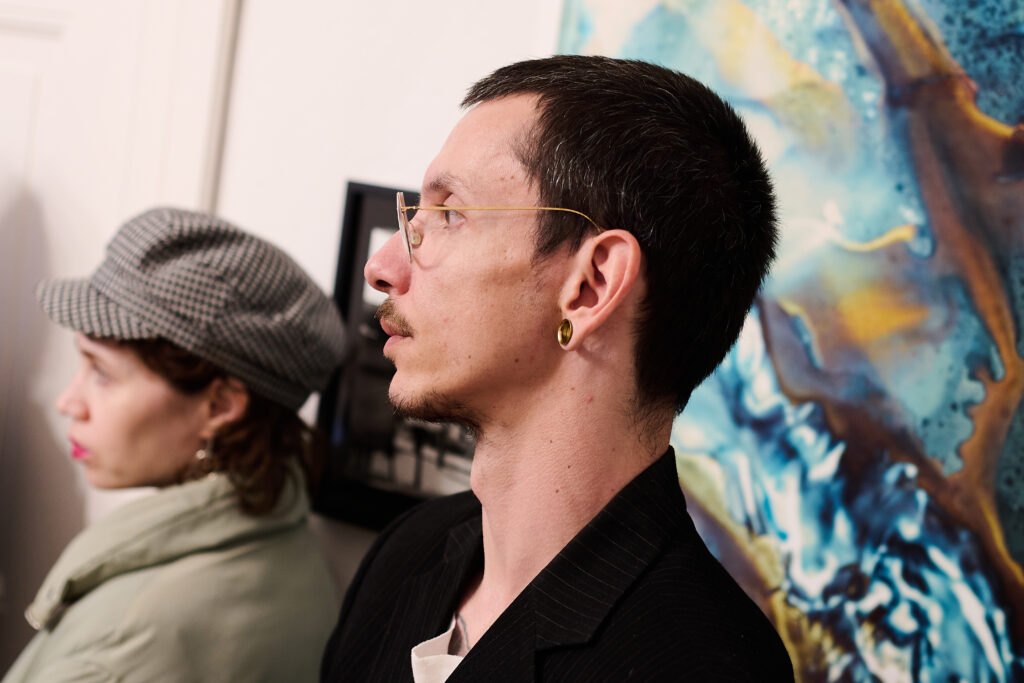
-for EN scroll down –
Új szelek fújnak
Szolga Hajnal analóg és digitális munkáiban az antropocén és poszthumán tendenciákat ötvözi a médiummal való progresszív kísérletezéssel. A sorozatokban gondolkodó művész egyfajta lírai narratíva ívén foglalkozik a disztópikus környezet, az ember és a technika viszonyával: leginkább arra keresi a választ, mi az ember szerepe, mennyire tartja irányítása alatt a világban zajló folyamatokat. A művész a nagyítást saját maga végzi, fényképeit és fotó festményeit a klasszikus fotográfiai eljárások mellett fotogramm és chemigramm technikákkal ötvözi. A képmanipulációs folyamatokban elsősorban az otthon is megtalálható környezetbarát, lebomló vagy újrahasznosított anyagokat részesíti előnyben.
Szolga Hajnal eddigi alkotói folyamatát elsősorban fekete-fehér eljárások jellemezték, de néhány éve a kameranélküli intuitív fényképalkotás felé is fordult. A fotóvegyszerekkel, papírokkal, hőmérséklettel, sorrendiséggel és a véletlenszerű gesztusokkal való hosszas kísérletezés kiérlelt módszerré vált. A kozmikus színes fotó-festményekben rejlő molekuláris részletek a szemet felépítő fotoreceptorokra, csapokra és pálcikákra hasonlíthatnak de akár baktériumok mikroszkóp-esztétikáját is felfedezhetjük bennük. A műegyüttes megidézi mindazon az embertől függetlenül szerveződő elemeket, mint amilyenek a földtörténeti korokat túlélő, adaptálódó mikroorganizmusok, vagy az emberi kontrolltól elszabaduló önvezérlő kibernetikus rendszerek, amelyek jóeséllyel túlélhetik az emberiséget.
Az emberi jelenlét hiányát máshogyan közelíti meg a A láthatatlan ember című fekete-fehér szcenografikus sorozat. Az emberi alak mint negatív tér, testet öltött hiány jelenik meg: környezete a kapcsolóházak, irányítóközpontok, emberfeletti léptékű indusztriális konstrukciók esztétikája. Gépeinek segítségével irányítja a környezete építését és rombolását. Az emberi jelenlét szimbolikus felfüggesztése egyszerre kérdőjelezi meg a technika feletti kontrollt és az ökológiai realitásokat. Milyen utópisztikus felvonások következhetnek még be? Kik lehetnek a túlélői? Emberek, gépek vagy egysejtűek?
Text by Kata Benedek & Hajnal Szolga
Winds of Change
In her analog and digital works, Hajnal Szolga combines anthropocene and posthuman tendencies with progressive experimentation with the medium. The artist thinks in series and deals with the relationship between the dystopian environment, man and technology in the form of a kind of lyrical narrative: she mostly looks for the answer to what is the place of man’s role and does he control the processes taking place in the world. The artist does the enlargement herself, and combines her photographs and photo paintings with photogram and chemigram techniques in addition to classic photographic processes. In image manipulation processes, she prefers environmentally friendly, degradable or recycled materials, which can also be found at home.
Hajnal Szolga’s creative process was mainly characterized by the black-and-white process until now, but since couple of years she is doing cameraless photography. Long experimentation with photochemicals, papers, temperature, and sequence eventually resulted not only in random gestures, but also in intentionality and tried-and-true recipes. Technically, good examples of this are the Chemicosmos large-scale digital prints. The molecular details inherent in the cosmic color photo paintings may resemble the photoreceptors, pins and rods that make up the eye, but we can even discover the microscopic aesthetics of bacteria in them.
The ensemble evokes all those elements that are organized independently of humans, such as adaptive microorganisms that have survived the ages of Earth’s history, or self-governing cybernetic systems that evade human control and that survive humanity by a long time.
The scenographic series The Invisible Man takes a different approach to the absence of human presence. The human figure appears as a negative space, an embodied lack: its environment is the superhuman scale aesthetics of switchboards, control centers, and industrial buildings. He controls the construction and destruction of his environment with the help of his machines. The symbolic suspension of human presence simultaneously questions control over technology and ecological reality. What other utopian acts can happen? Who could be its survivors? Humans, machines or unicellular?
Text by Kata Benedek & Hajnal Szolga
